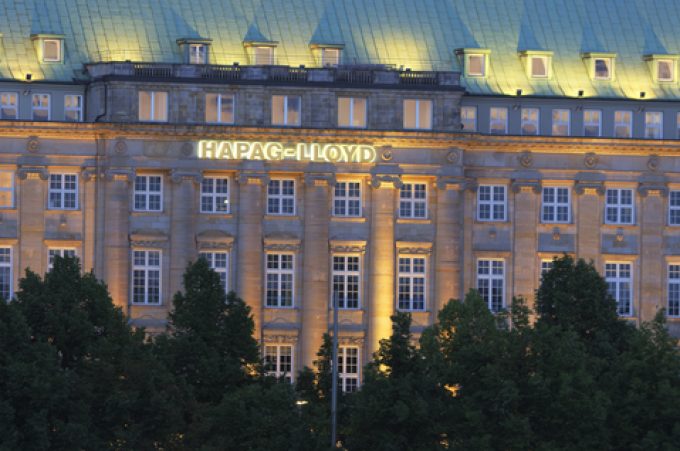Bullish Wan Hai, unfazed by US port fees, reports record profits
Wan Hai Lines GM Tommy Hsieh is positive about achieving higher transpacific contract rates this ...

Hapag-Lloyd ended 2023 with a net profit of just $3.2bn, compared with $18bn the previous year, as its average freight rate – on flat liftings of 11.9m teu – plunged from $2,863 per teu to $1,500.
Moreover, the German liner and terminals group fell into the red in the fourth quarter of last year, with an operating loss of $251m, as that average collapsed to $1,190 per teu during the period.
Hapag-Lloyd said for the current financial year, it expects its EBIT ...
Semiconductors could compensate for air freight's lost ecommerce traffic
'It’s healthy competition' Maersk tells forwarders bidding for same business
Transpacific sees first major MSC blanks as rates fall and volumes falter
'Weakened' Maersk paying a heavy price for its lack of fleet growth
US shippers slam USTR port fee plan – 'an apocalypse for trade'
Opposition builds for final hearing on US plan to tax Chinese box ship calls
Despite sourcing shifts, 'don't write-off China', says CMA CGM CCO
Calling all shippers!
Please give us a minute of your time to answer the following questions:

Comment on this article